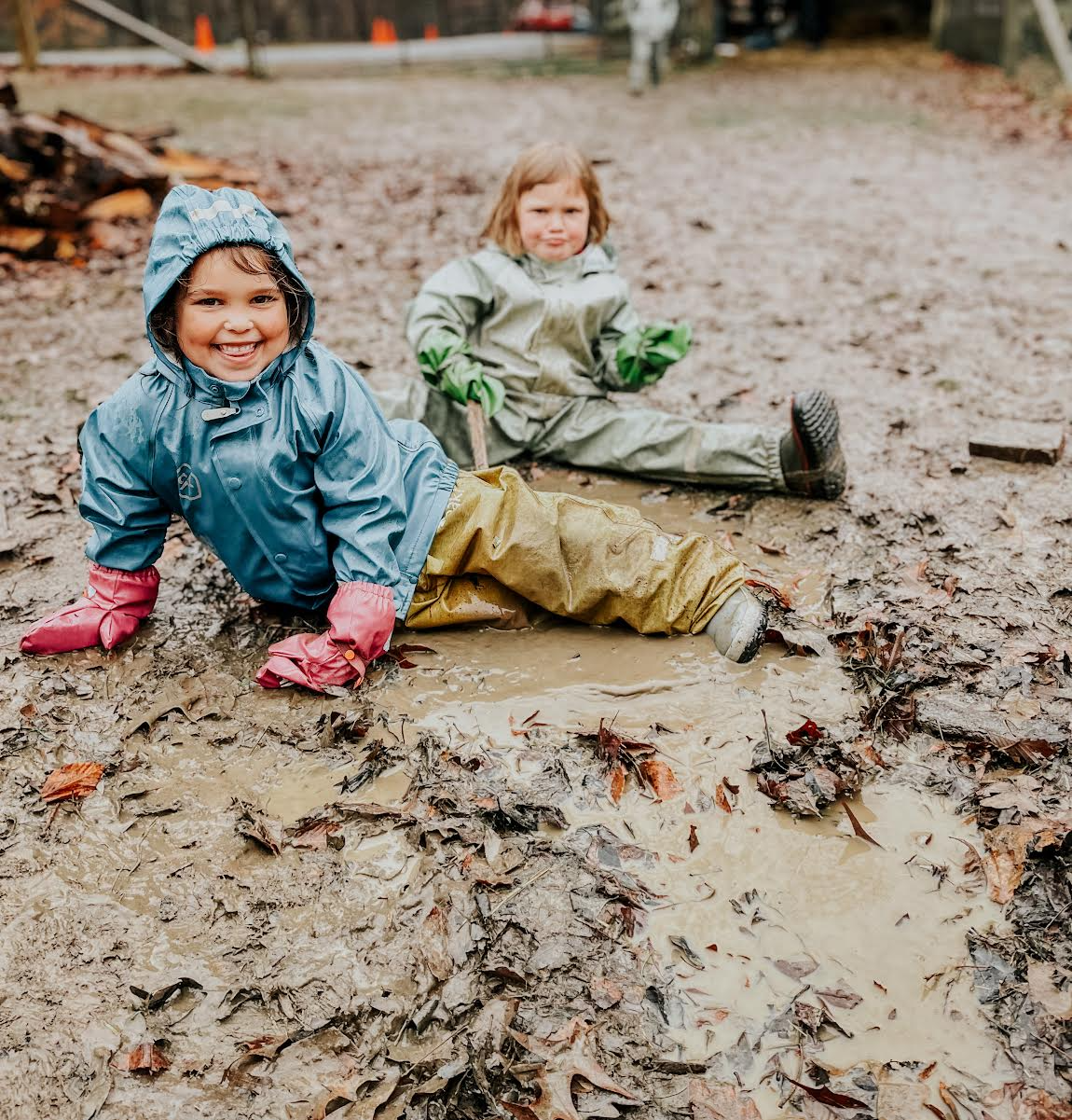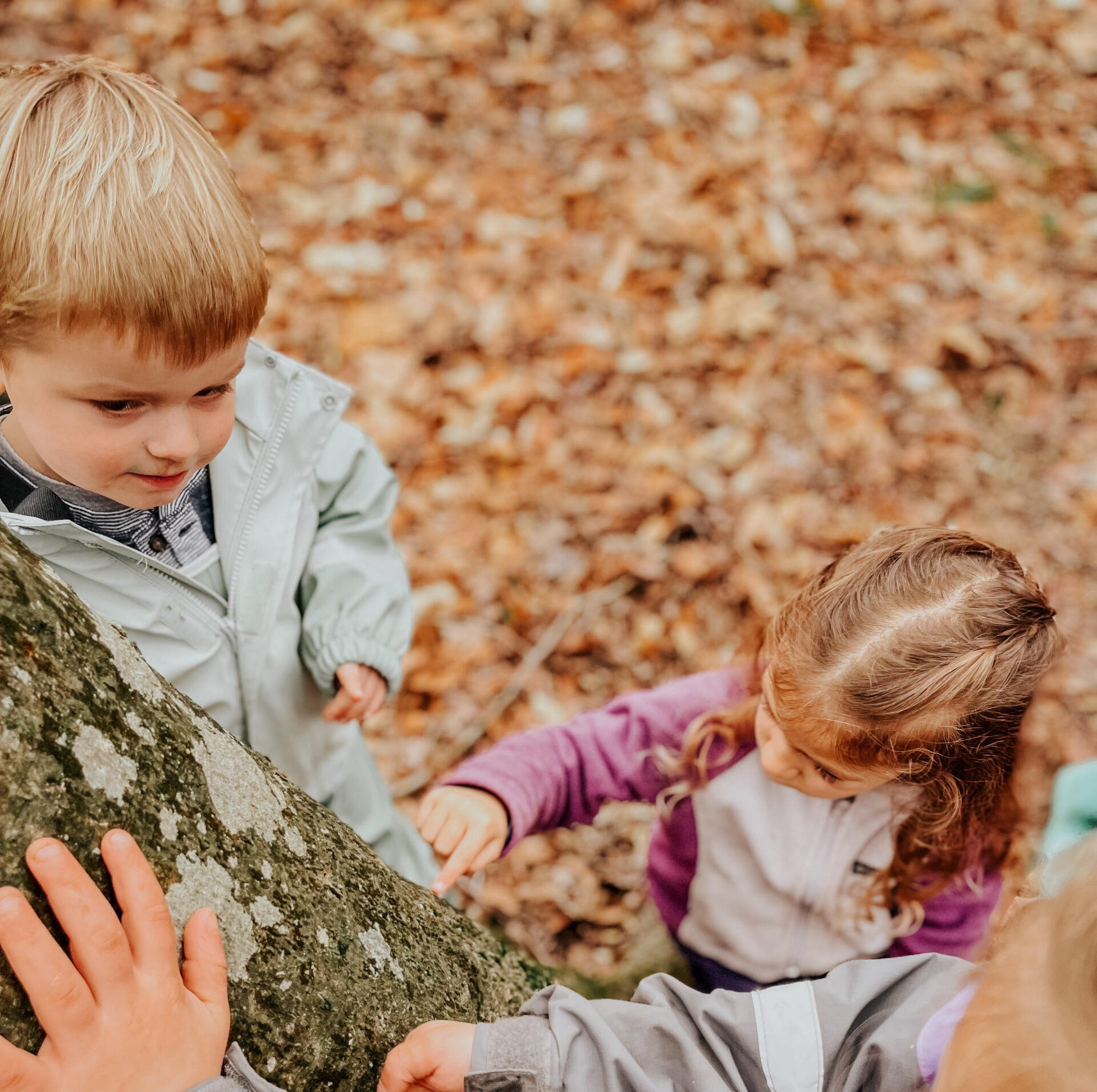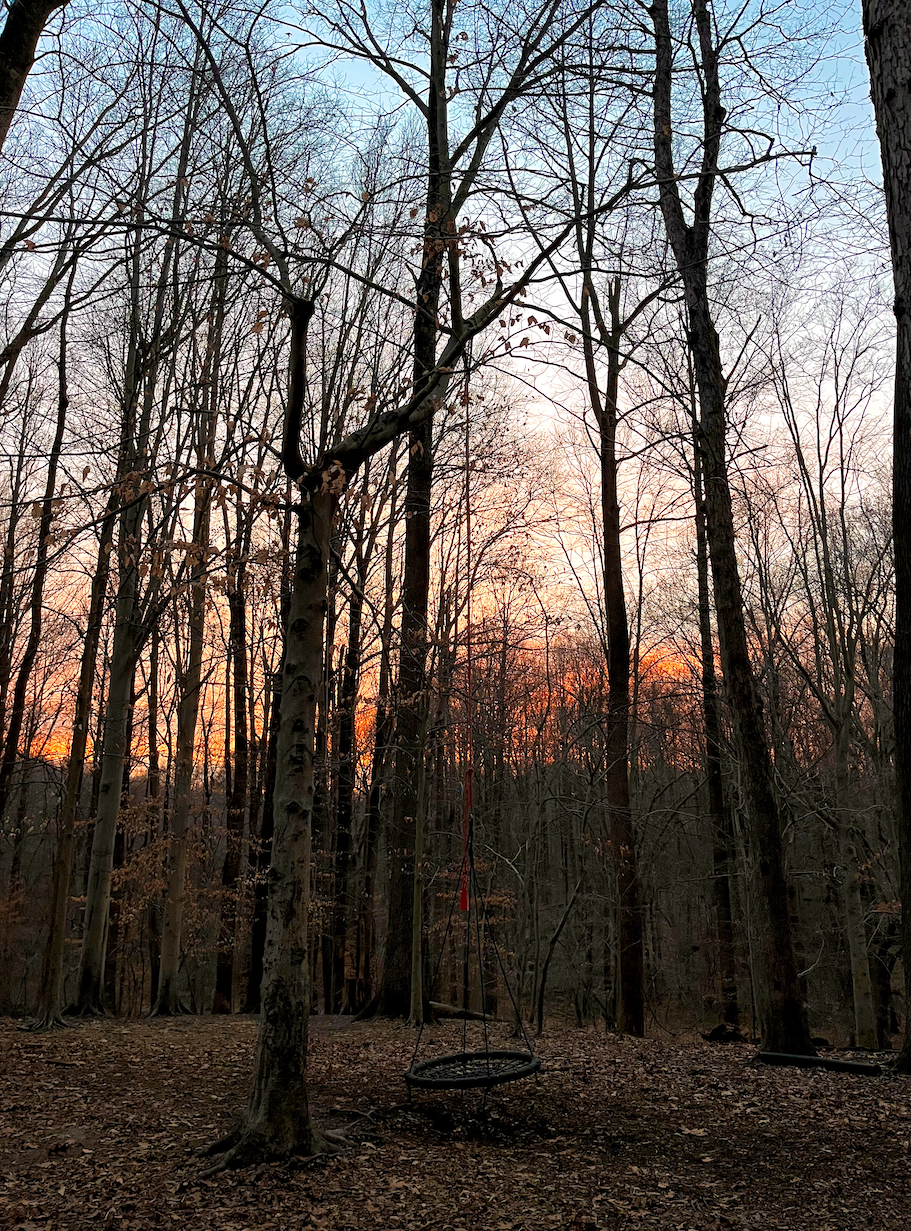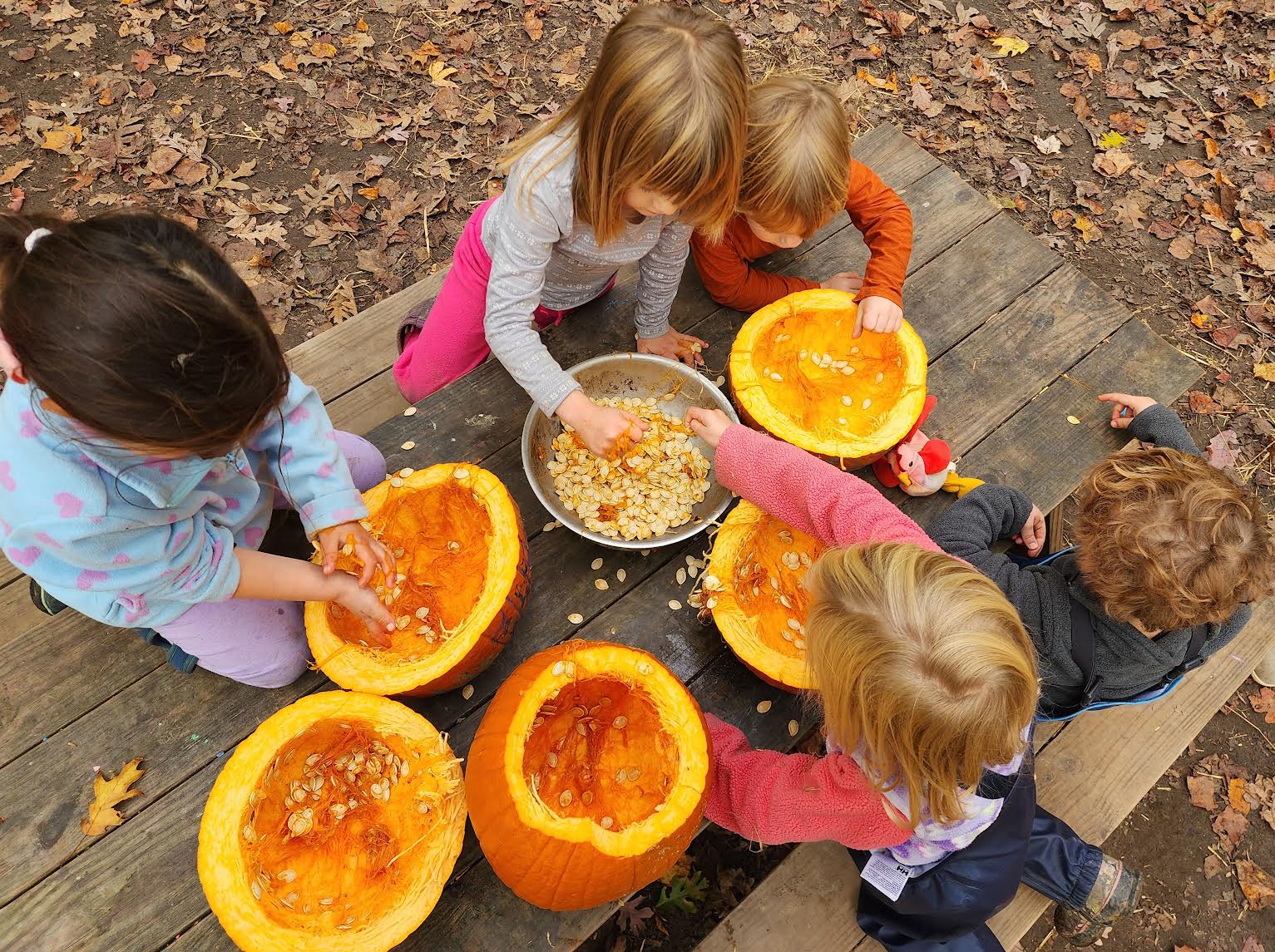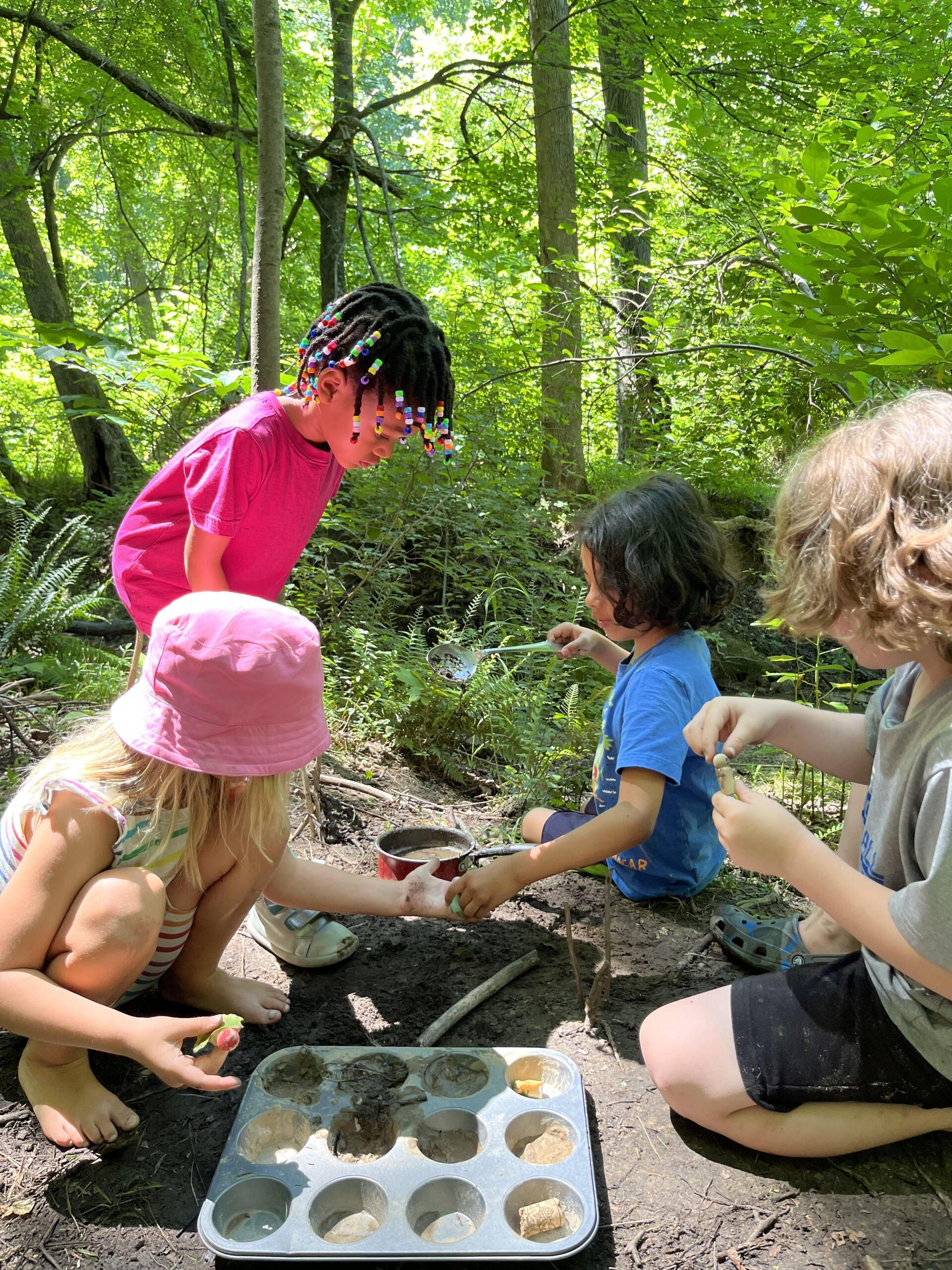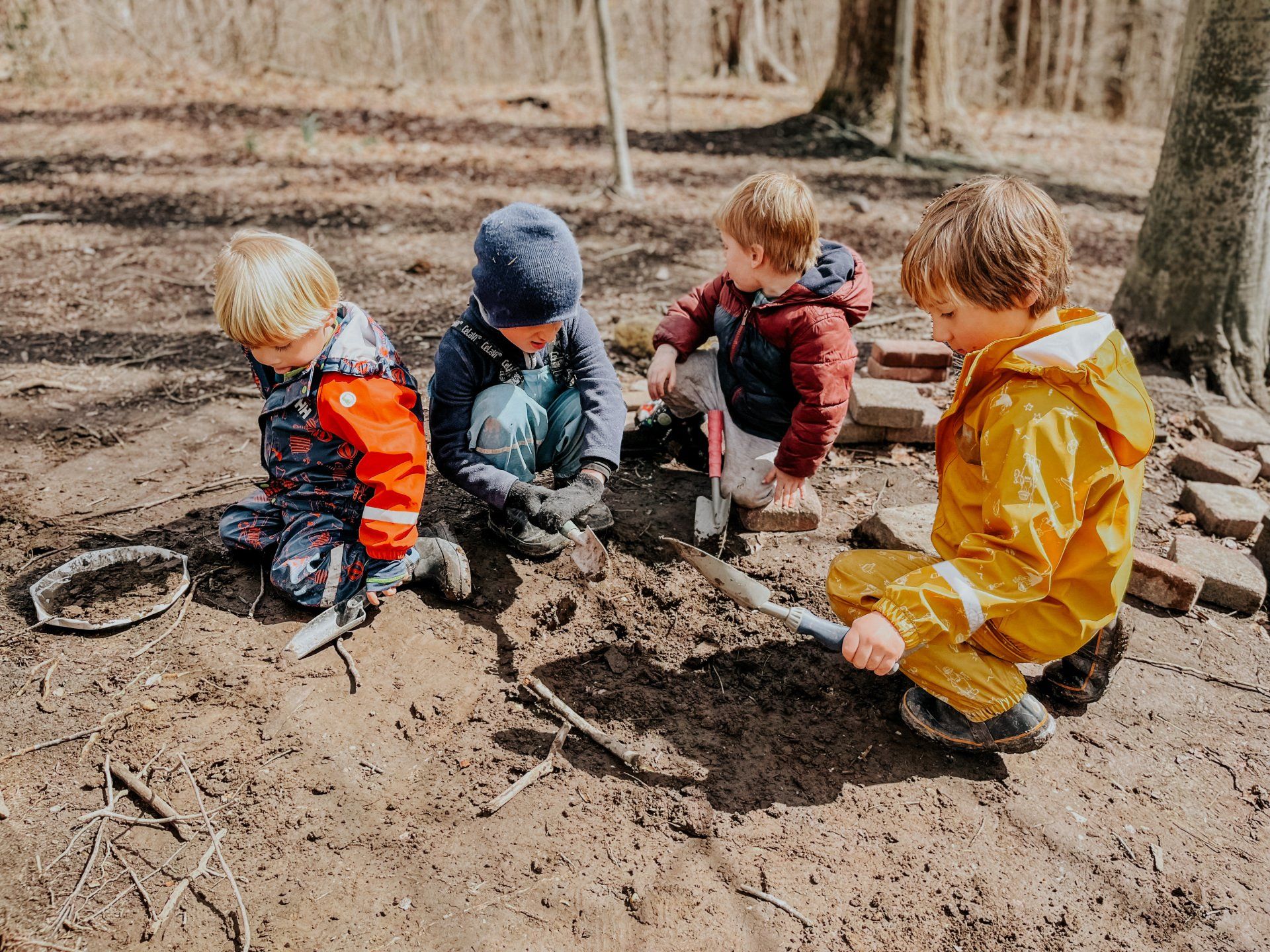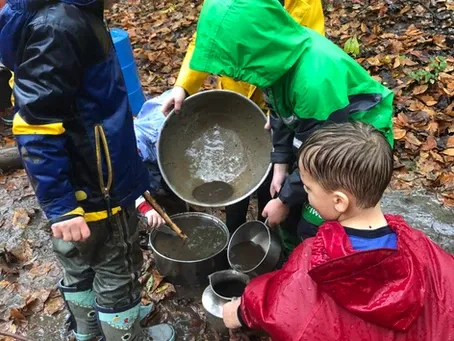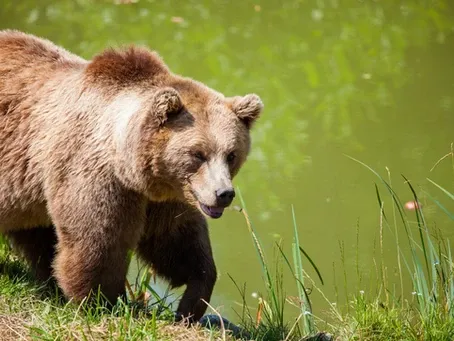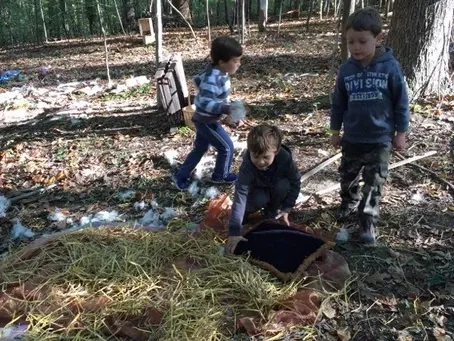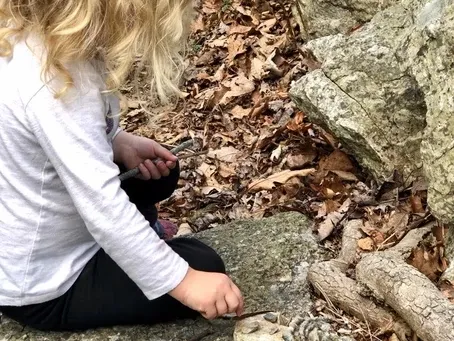Our senses are how we take in the world and receive information about our surroundings! Sensory integration is how all of our senses work together to organize the information so we can effectively navigate our environment with success and ease. Children use all of their senses when they explore the forest! The more diverse sensory experiences your child has at an early age, the better! Why? Children need a multitude of diverse sensory experiences throughout their childhood to optimize their sensory integration and to not become overwhelmed by new stimuli. When children struggle with sensory processing, academic tasks or even wearing clothes can be stressful.
The brain and body communicate constantly and need new sensory input to continue developing! Children have greater interest in learning when they can be hands-on! Research shows that they learn more when discovering while using many senses at once! When the brain and body are symbiotic, children feel able to conquer the world as they explore without fear! Any dysregulation that takes place can be attributed to senses.
Have you ever seen a child remove themselves from a group setting, covering their face or ears? What are they experiencing with the senses that are causing them to withdraw? Is there a different noise they have not yet experienced, new environment, bright lights, many moving bodies? What can you do to help the child PROCESS what is taking place around them?



